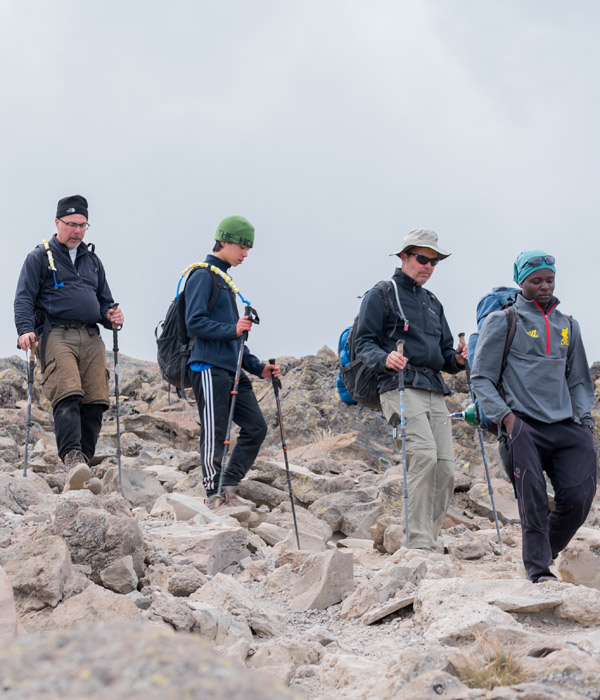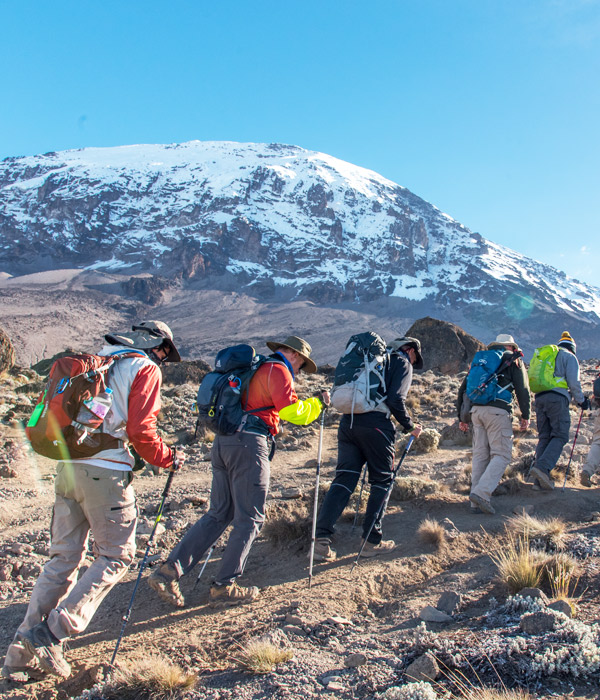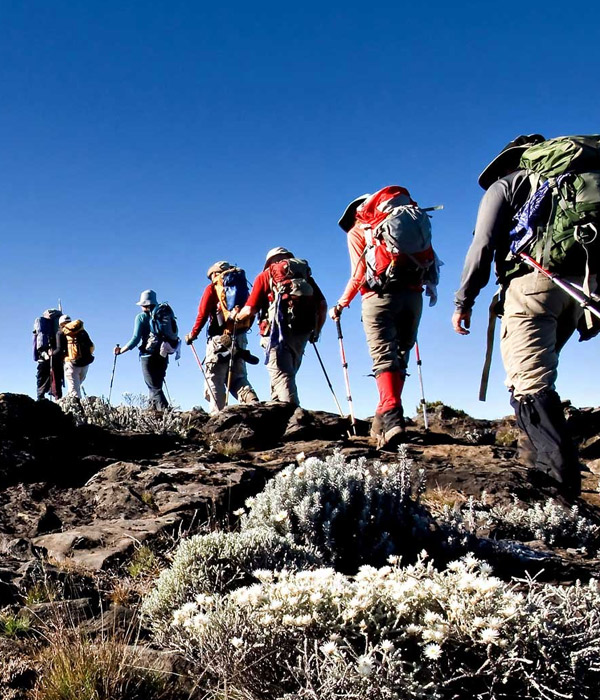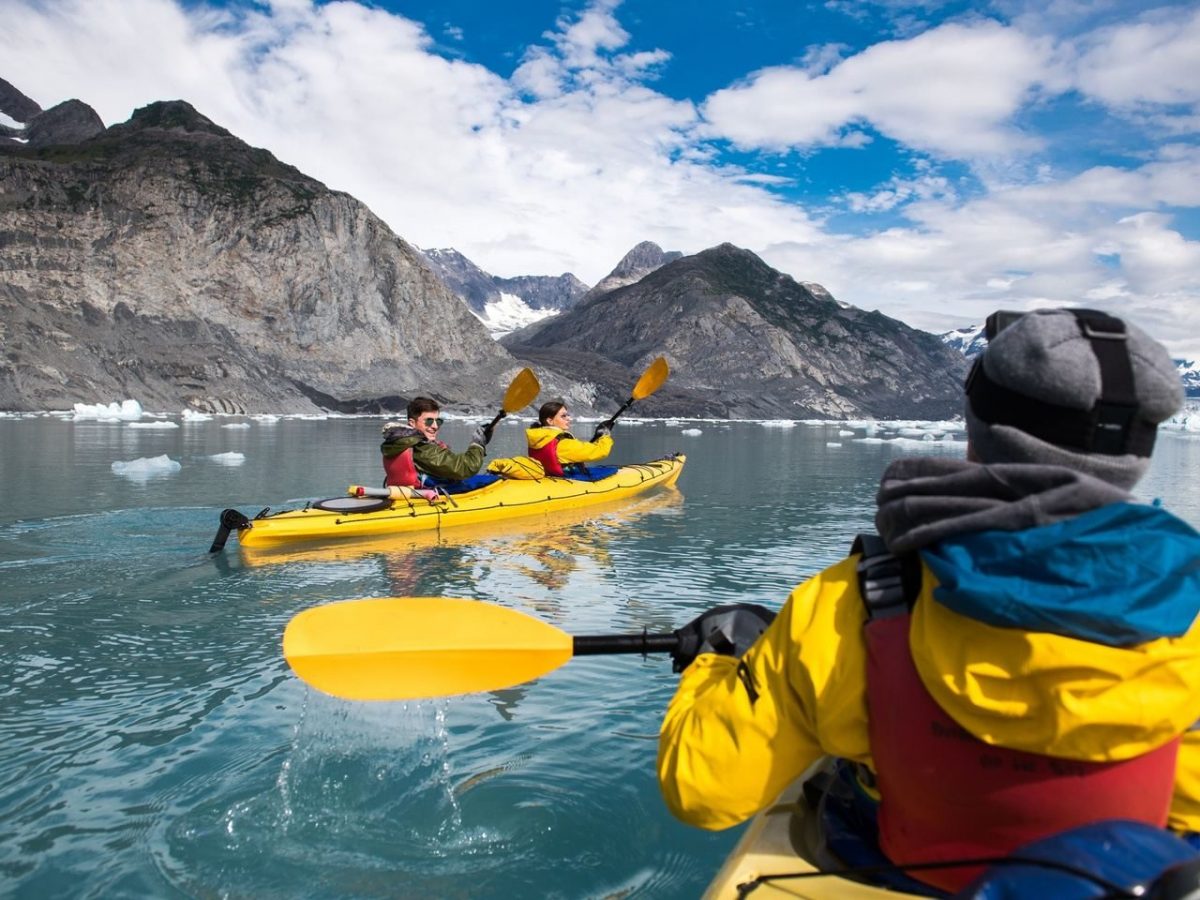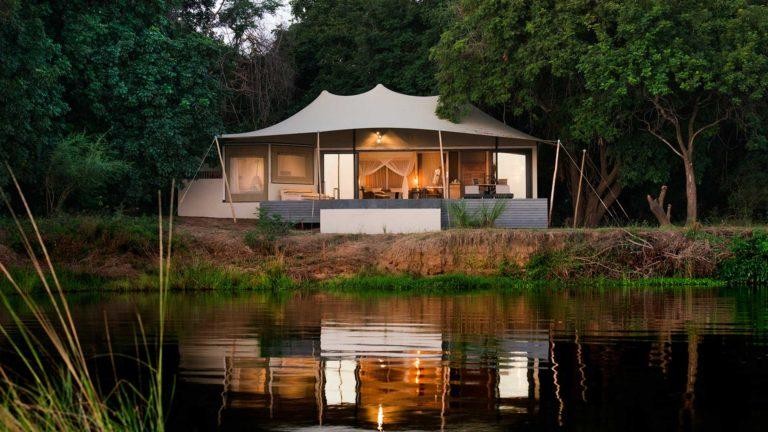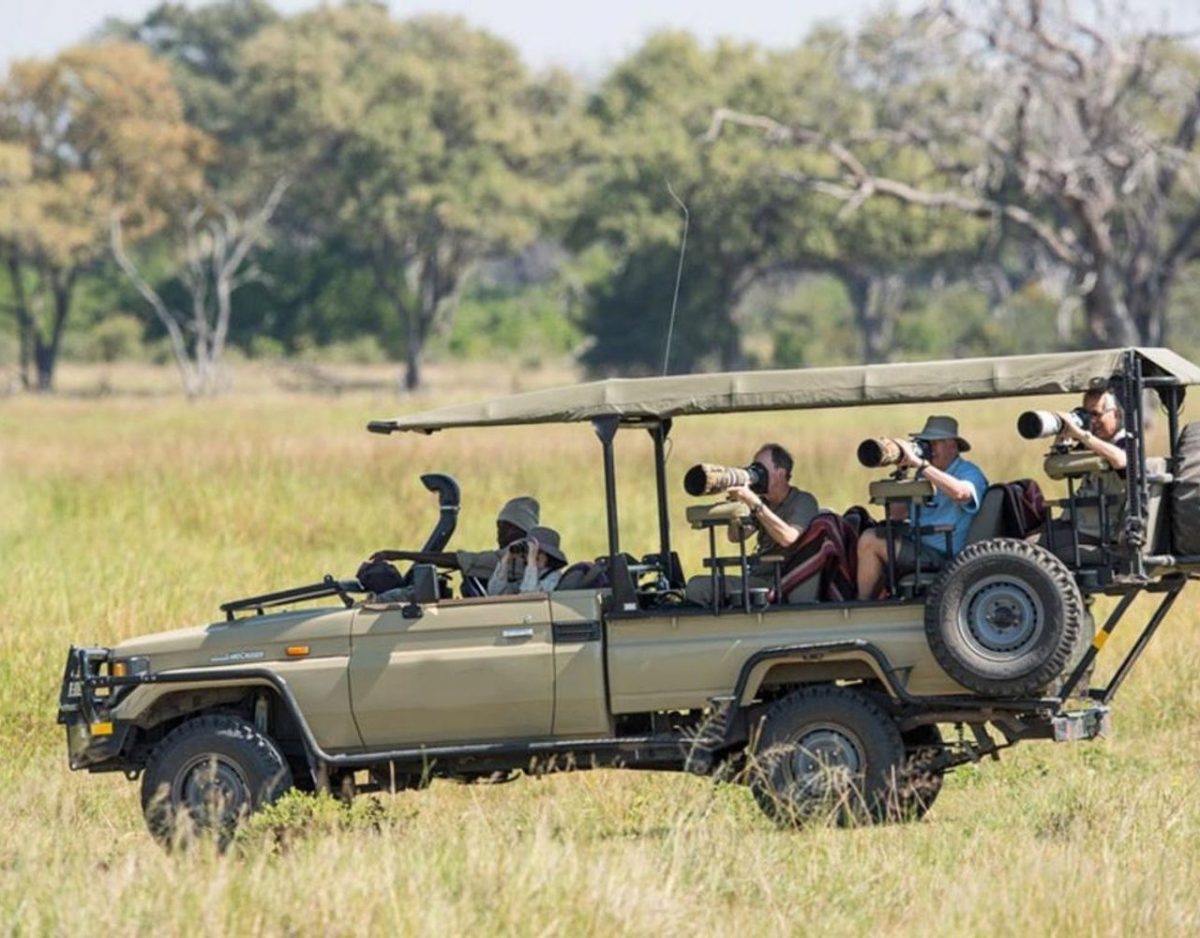Kilimanjaro Physical Training
Fitness and Training for Kilimanjaro
When it comes to climbing Mount Kilimanjaro, Fitness is a broad topic. Climbers may think about how fit they need to climb Mount Kilimanjaro. But the answer is the more fit they are; the easier it becomes to climb the mountain, and the easier it is to reach the summit.
As Mount Kilimanjaro has a gradual slope, it is not very steep and is walk able; hence it doesn’t need exceptional fitness levels. Children, older people, and people of all types of weight categories and gender have all reached the top.
Kilimanjaro is one of the world’s most impressive and accessible high summits. However, a solid Kilimanjaro training plan will allow you to better prepare for the climb and give you more opportunities to enjoy yourself while on the mountain.
All successful climbers share an attitude that means high levels of grit and determination. Reaching the top of Kilimanjaro is a long slow grind, but if you are determined to take just one more step even when you are tired, the Local Moshi team can help you get to the top.
If you are comfortable walking for 6-7 hours with an ascent of 1000 meters, you are indeed fit enough to succeed in Kilimanjaro.
Similarly, if you can do a whole hour of spinning, a vigorous aerobics class can jog at a decent pace for 45 minutes, and then there is no reason you can’t summit Kilimanjaro. The bare facts about the climb are that you will probably walk 6-7 hours daily with a rough ascent each day of 1000 meters.
Practice Hiking
The very must thing before climbing Kilimanjaro is practicing hiking. The best training to climb Kilimanjaro is to get a boost in your walking and get lots of miles under your belt.
Whether this is two to three hours walking locally or full days away on your nearest hills, you need to clock up lots of hours on your feet more than anything else. The best cure for this is spending lots of hours walking.
Hiking practice lets you understand the stress your joints will be under and how well you can deal with this. It also allows you to wear your boots, which takes time and can often be uncomfortable.
Start with a comfortable distance that suits you and slowly try to work your way up to a 5-6 hour trek. If you can do this a few times, you’ll be in good stead to climb Kilimanjaro.
Aerobic Training
Aerobic (or cardio) training will be critical in allowing you to climb Kilimanjaro. Aerobic means ‘requiring free oxygen’ and refers to adequately using oxygen to meet energy demands during exercise via aerobic metabolism.
Aerobic exercise builds up your cardiovascular system allowing you to process limited oxygen more effectively. This is key for Kilimanjaro as it is a long-distance exercise at altitude, giving the body less oxygen per breath.
Aerobic exercise, unlike anaerobic exercise, requires oxygen for elongated periods. Examples of aerobic exercise include lane swimming, long-distance jogging, walking and cycling.
One crucial thing we tell our customer is to don’t rush up the mountain! Trying to ascend too quickly is a huge mistake. Our porters can often be heard saying “Pole Pole” meaning ‘Slow Slow’ in Swahili. Because of the altitude, your body needs time to adjust -no matter your fitness levels! However, having a good cardiovascular system will help with this, but it won’t prevent it. Kilimanjaro is not a sprint; it’s a marathon! We recommend putting the slowest hiker in the front of the group.
Depending on fitness, we recommend a 3-6 month Kilimanjaro training plan. Your hiking practice will help, but we also suggest running 6-12 km three times a week. If you’re using a treadmill, remember to set a slight incline.

Strength Training
Strength Training is also essential to add to your training before climbing Kilimanjaro. But it is not as necessary as aerobic training, strengthening your upper body, core, and in particular, your legs which increases your chances of success.
As you will be on your legs for at least 7hours a day, bringing them strong enough to climb Kilimanjaro successfully is essential.
To strengthen your legs, we recommend doing the following exercises:
- Squats
- Front and reverse leg curls
- Lunges
- Step aerobics
Remember, when doing these exercises, keep watch of your technique. Exercises with poor technique will more often harm you than help you.
Building upper body and core strength are also crucial, as you’ll be standing for hours and carrying gear.
We recommend the following exercises to strengthen your upper body and core:
- Shoulder presses
- Back and shoulder flyes
- Sit-ups
- Kettle-bell
- rows/swings
Remember to stretch after all exercise sessions!
Increasing flexibility will allow your body to recover more quickly overnight after trekking all day. No one wants to trek for 7 hours after waking up with stiff joints aching all over!
Stretching
Most sports injuries occur due to inadequate stretching. This is particularly true in the mountains, where repetitive movements over challenging terrain put a lot of stress on joints and muscles.
We recommend adopting a regular stretching regime to loosen your muscles and increase suppleness. You must spend 10 minutes every morning stretching your main muscle groups. So book your trip of a lifetime, put on your boots and get out there walking!
Mental Stamina
Mental stamina is equally important as physical stamina because there will be a point during your trek where you will feel like quitting and heading back down the mountain. But you don’t need to quit. Just keep a positive attitude and dig deep to push through, which is one of the valuable and essential skills.
Training your mental stamina is not easy, but there are ways to accomplish it. Set your exercise goal that pushes your body to what it thinks is its limit. You need to push yourself and your limit to climb Kilimanjaro.
A great way to achieve this is long-distance running, such as half marathons and full marathons. A marathon will push you to your limit whilst having an achievable goal in sight – the finish line.
If you can do this with your friend or training partner, then the entire better, as you will push each other to achieve more. Remember, that final push when your head is telling you to stop will allow you to get into the state of mind required to scale Kilimanjaro.
Understand the climb and apply it to your training – We highly recommend you to be training 4 – 5 times a week with heavy weight in your backpack, and at the same time, don’t forget to do interval training. Remember, on your climb; you will be moving up and down hills on steep and challenging terrain up to almost 6 hours on most days and 14 hours on the summit attempt.

Best Route To Climb Kilimanjaro
Kilimanjaro is a challenging mountain with many different routes to choose from. But, with Good Earth
Expedition, your difficult route can be easy and enjoyable!
Best Place Destinations
We provide some very affordable prices compared to others.


